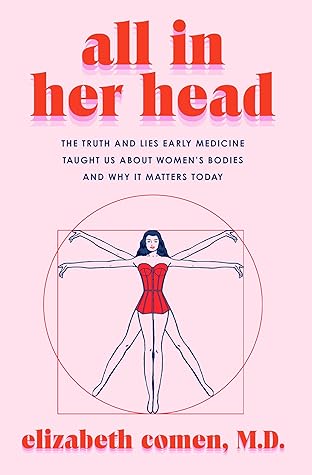A central tenet of craniology held that brain size—and hence skull size—indicated mental ability. To the medical men of the moment, all those illustrations of female skeletons with their wide pelvises and tiny skulls looked not just like the embodiment of delicate femininity but like divine Darwinian truth. (The issue of skull size did present a problem, briefly, as scientists realized that women’s skulls could sometimes be bigger in proportion to their bodies—but in these cases, they simply pivoted to argue that these large-skulled women resembled children, and hence were still clearly
...more
Welcome back. Just a moment while we sign you in to your Goodreads account.


